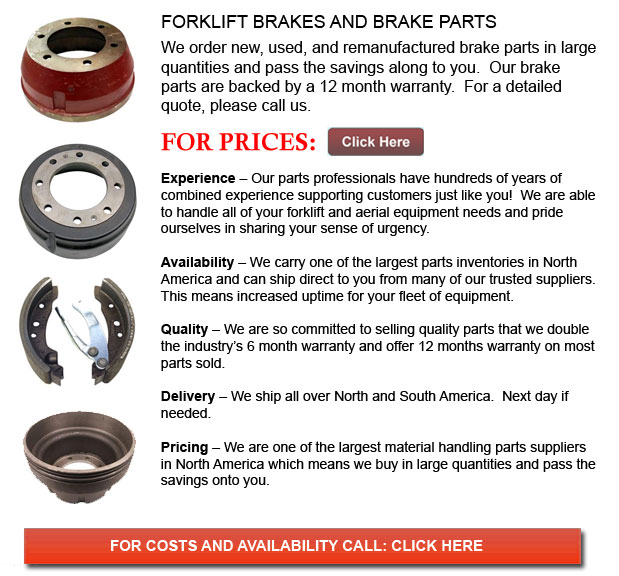
Forklift Brakes - A brake in which the friction is supplied by a set of brake pads or brake shoes which press against a rotating drum unit referred to as a brake drum. There are several specific differences between brake drum kinds. A "brake drum" is commonly the explanation provided whenever shoes press on the inner exterior of the drum. A "clasp brake" is the term utilized in order to describe when shoes press next to the outside of the drum. Another type of brake, called a "band brake" utilizes a flexible belt or band to wrap around the outside of the drum. Whenever the drum is pinched in between two shoes, it could be referred to as a "pinch brake drum." Similar to a conventional disc brake, these kinds of brakes are somewhat uncommon.
Prior to 1955, early brake drums needed constant adjustment periodically so as to compensate for drum and shoe wear. "Low pedal" or long brake pedal travel is the hazardous end result if modifications are not executed sufficiently. The motor vehicle can become dangerous and the brakes can become useless if low pedal is mixed together with brake fade.
There are different Self Adjusting Brake Systems available, and they could be categorized within two main kinds, RAD and RAI. RAI systems have in-built tools that prevent the systems to recover whenever the brake is overheating. The most popular RAI manufacturers are Bendix, Lucas, Bosch and AP. The most well-known RAD systems include AP, Bendix, Ford recovery systems and Volkswagen, VAG.
Self adjusting brakes usually make use of a tool that engages only if the motor vehicle is being stopped from reverse motion. This stopping method is satisfactory for use where all wheels use brake drums. Most vehicles these days use disc brakes on the front wheels. By functioning only in reverse it is less likely that the brakes will be adjusted while hot and the brake drums are expanded. If adapted while hot, "dragging brakes" could occur, which raises fuel expenditure and accelerates wear. A ratchet mechanism that becomes engaged as the hand brake is set is another way the self adjusting brakes may function. This means is only suitable in functions where rear brake drums are utilized. If the emergency or parking brake actuator lever goes over a particular amount of travel, the ratchet advances an adjuster screw and the brake shoes move in the direction of the drum.
Situated at the base of the drum sits the manual adjustment knob. It could be tweaked using the hole on the other side of the wheel. You would have to go underneath the vehicle utilizing a flathead screwdriver. It is really significant to adjust each and every wheel equally and to move the click wheel properly as an uneven adjustment can pull the vehicle one side during heavy braking. The most effective method so as to guarantee this tedious job is done safely is to either lift every wheel off the ground and spin it by hand while measuring how much force it takes and feeling if the shoes are dragging, or give each one the exact amount of clicks using the hand and then perform a road test.
![]() Click to Download the pdf
Click to Download the pdf
Forklift Parts
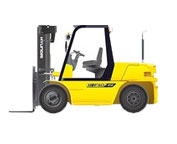
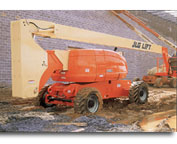
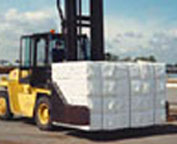
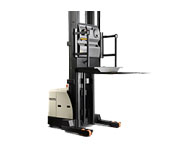
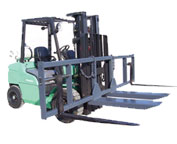
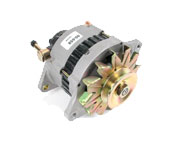
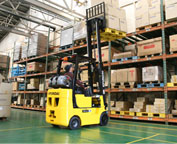
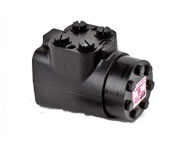
Lift Parts Express
TOLL FREE: 1-888-695-7994
LOCAL: 949-344-2070
3972 Barranca Parkway J-124
Irvine, California
forkliftpartsirvine.com
Email Us
About Us


